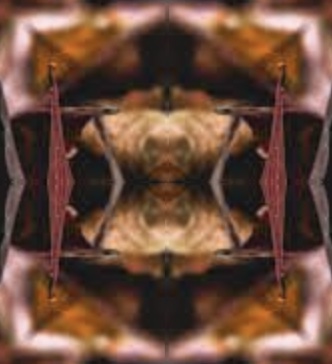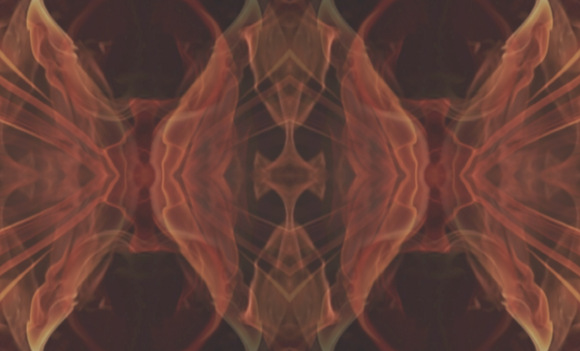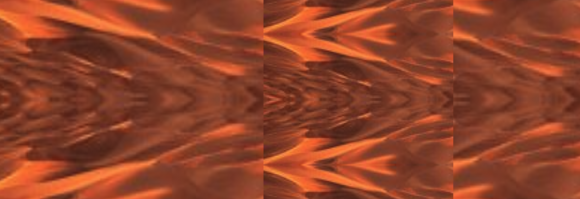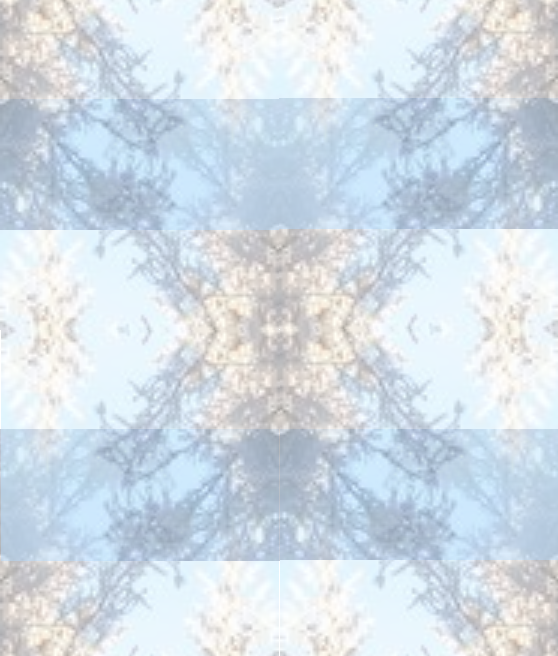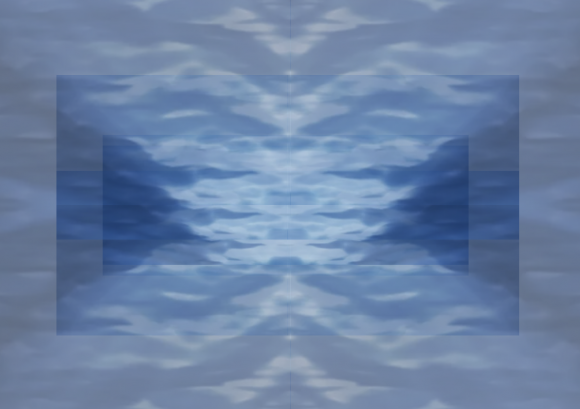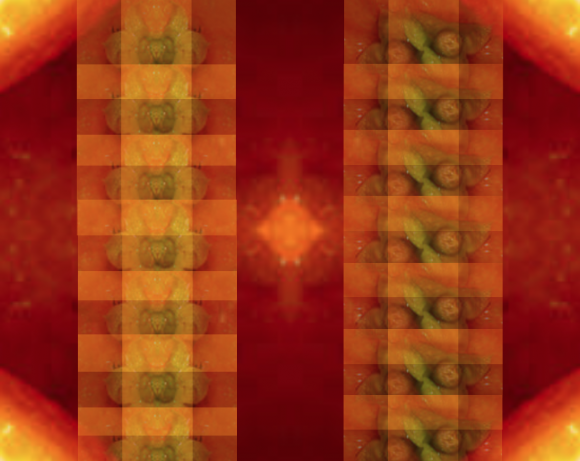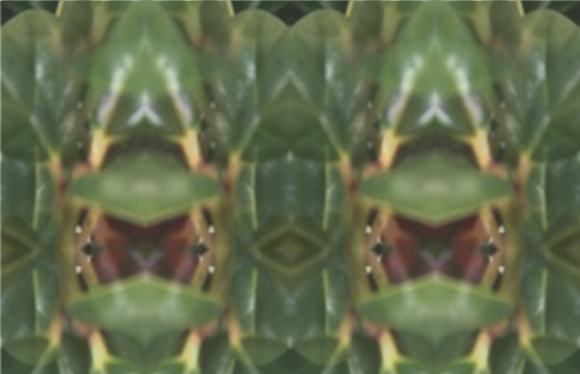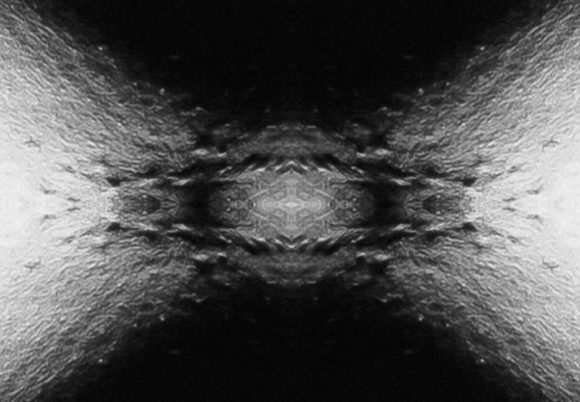
We are now in a position to make some connections. At the end of a much earlier post, I have posed the question whether there is a reason behind the fact that the archetype of a hidden meaning (the archetype of spirit) appears sometimes personified (as Wise Old Man etc.) and sometimes as synchronicity (whether that means as Jung’s supposed “principle” or simply as de facto appearances of...

